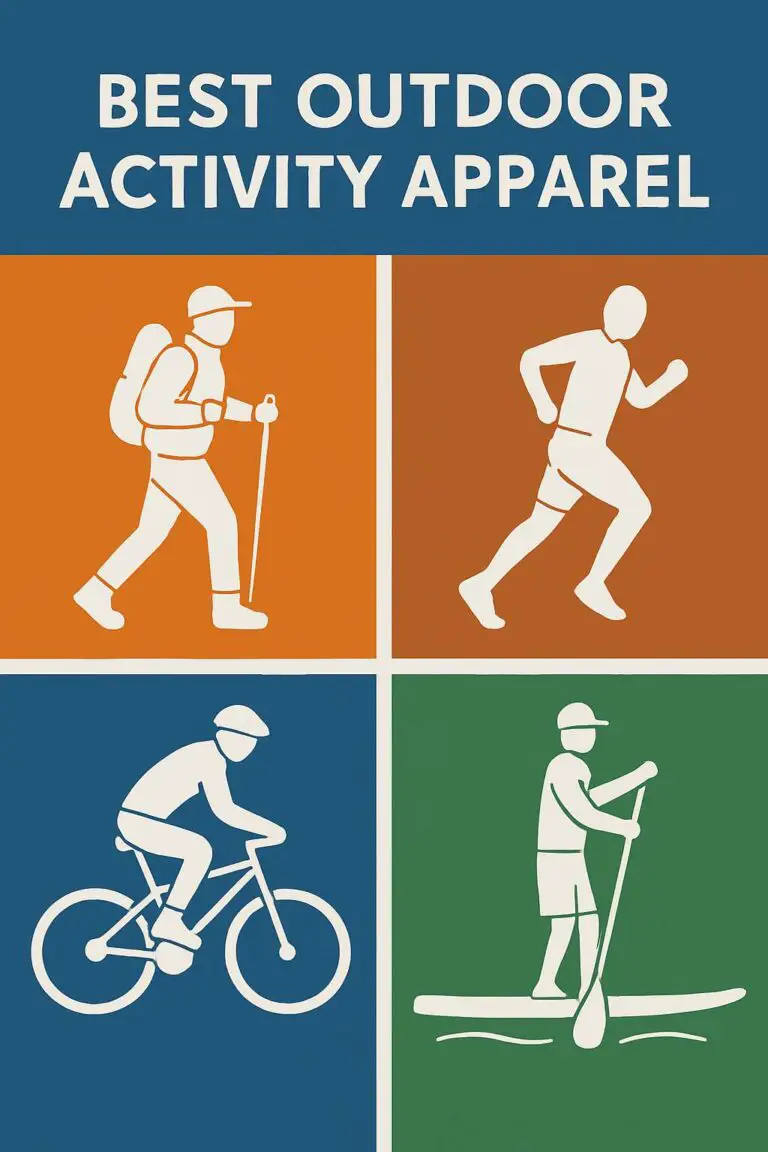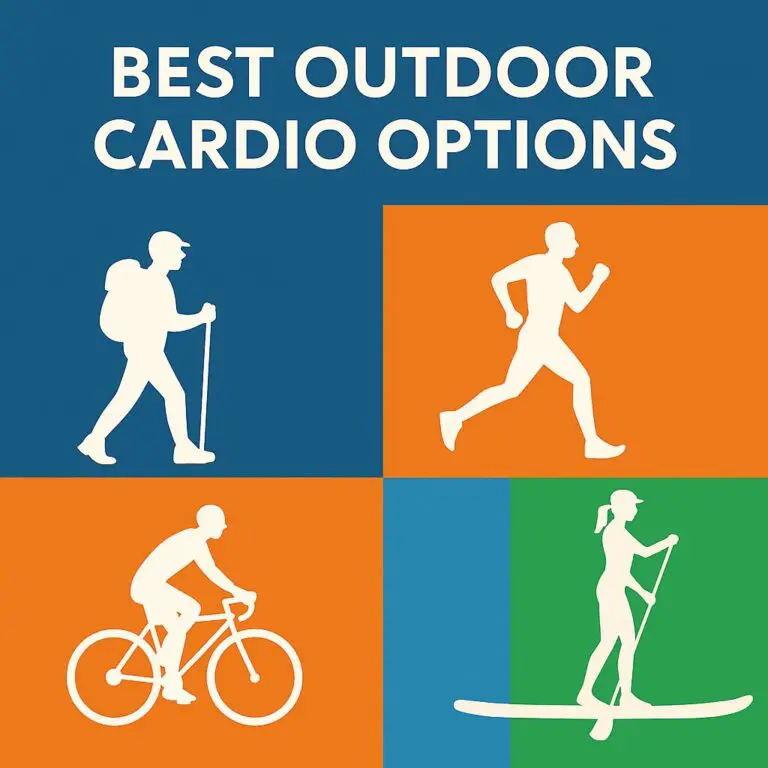Running is a fantastic way to stay fit, relieve stress, and enjoy the great outdoors. When it comes to choosing between trail running and road running, both have unique benefits and challenges. This comprehensive guide will explore the pros and cons of each, offer tips for beginners, and recommend the best gear to enhance your running experience.
Benefits and Challenges of Trail Running
Benefits of Trail Running
- Natural Environment
- Scenic Beauty: Trail running allows you to immerse yourself in nature, providing beautiful, varied scenery that can make runs more enjoyable.
- Fresh Air: Running in natural settings means breathing cleaner air compared to urban areas.
- Physical Benefits
- Full-Body Workout: The varied terrain of trails engages more muscle groups, improving overall strength and coordination.
- Reduced Impact: Softer surfaces like dirt and grass reduce the impact on your joints compared to asphalt or concrete.
- Mental Health
- Stress Reduction: The peacefulness and beauty of nature can significantly reduce stress levels.
- Mental Engagement: Navigating trails requires more focus and can be mentally stimulating.
Challenges of Trail Running
- Terrain Difficulty
- Varied Surfaces: Uneven terrain, rocks, roots, and inclines make trail running more physically demanding.
- Navigation: Trails can be less clearly marked, increasing the risk of getting lost.
- Weather and Wildlife
- Exposure to Elements: Trails can be more exposed to weather conditions like rain, mud, or extreme heat.
- Wildlife Encounters: There is a higher chance of encountering wildlife, which can be dangerous if unprepared.
- Accessibility
- Location: Trails are often located outside urban areas, making them less accessible for daily running.
Benefits and Challenges of Road Running
Benefits of Road Running
- Convenience
- Accessibility: Roads are easily accessible, making it convenient for daily runs.
- Consistency: Flat, predictable surfaces allow for more consistent pacing and easier measurement of progress.
- Social Aspects
- Community: Road running offers more opportunities to join running groups and participate in races.
- Safety: Urban areas are often safer, with more people around and better lighting.
- Training Benefits
- Speed and Endurance: Smooth, flat surfaces are ideal for speed training and building endurance.
- Predictable Environment: Running on roads allows for precise tracking of distance and time.
Challenges of Road Running
- Physical Impact
- High Impact: Hard surfaces like asphalt and concrete put more stress on joints, increasing the risk of injury.
- Repetitive Strain: The repetitive motion of road running can lead to overuse injuries.
- Environmental Factors
- Traffic: Navigating traffic and crossing streets can be hazardous.
- Pollution: Running in urban areas exposes you to higher levels of air pollution.
- Mental Monotony
- Repetitiveness: The uniformity of roads can make runs feel monotonous over time.
Tips for Beginners in Trail Running
- Start Slowly
- Gradual Progression: Begin with shorter, less technical trails and gradually increase the difficulty as your confidence and fitness improve.
- Pace Yourself: Trails are more challenging, so don’t be discouraged by slower paces.
- Focus on Form
- Adapt Your Stride: Shorten your stride and keep your feet underneath your body to maintain balance on uneven terrain.
- Stay Alert: Keep your eyes on the trail a few feet ahead to anticipate obstacles.
- Prepare for the Elements
- Weather-Appropriate Clothing: Wear moisture-wicking fabrics and dress in layers to adapt to changing weather conditions.
- Hydration and Nutrition: Carry water and snacks, especially on longer runs where amenities may be scarce.
Tips for Beginners in Road Running
- Choose the Right Shoes
- Proper Footwear: Invest in a good pair of running shoes that provide adequate support and cushioning.
- Rotate Shoes: Alternate between pairs to extend their lifespan and reduce injury risk.
- Follow a Training Plan
- Structured Workouts: Use a beginner-friendly training plan to gradually build endurance and prevent overuse injuries.
- Cross-Train: Incorporate strength training and flexibility exercises to improve overall fitness.
- Safety First
- Visibility: Wear bright, reflective clothing, especially when running early in the morning or at night.
- Awareness: Stay alert to your surroundings, avoid busy roads, and use pedestrian crossings.
Gear Recommendations for Trail Running
- Footwear
- Trail Running Shoes: Look for shoes with aggressive tread patterns for better grip on uneven surfaces. Some popular options include the Salomon Speedcross 5 and La Sportiva Bushido II.
- Clothing
- Accessories
- Hydration Packs: A hydration pack like the CamelBak Circuit Vest is essential for long trail runs.
- Headlamp: A reliable headlamp, such as the Black Diamond Spot 350, ensures visibility in low-light conditions.
Gear Recommendations for Road Running
- Footwear
- Road Running Shoes: Choose shoes with ample cushioning and support. Top picks include the Brooks Ghost 14 and Nike Air Zoom Pegasus 38.
- Clothing
- Breathable Fabrics: Opt for breathable, moisture-wicking fabrics. The Under Armour Tech 2.0 and Adidas Running Shorts are great choices.
- Accessories
- Running Belt: A running belt like the FlipBelt can carry essentials like keys, phone, and gels.
- Smartwatch: Track your runs and monitor your progress with a smartwatch such as the Garmin Forerunner 245.
Conclusion
Both trail running and road running offer unique experiences and benefits, catering to different preferences and fitness goals. Trail running immerses you in nature, providing a full-body workout and mental engagement, while road running offers convenience, social opportunities, and consistent training environments.
By understanding the pros and cons of each and following the tips provided, you can enhance your running experience and achieve your fitness goals. Investing in the right gear will further ensure your comfort and safety, making each run enjoyable and rewarding. Whether you prefer the tranquility of trails or the accessibility of roads, running is a versatile and fulfilling activity that can significantly improve your overall well-being.




